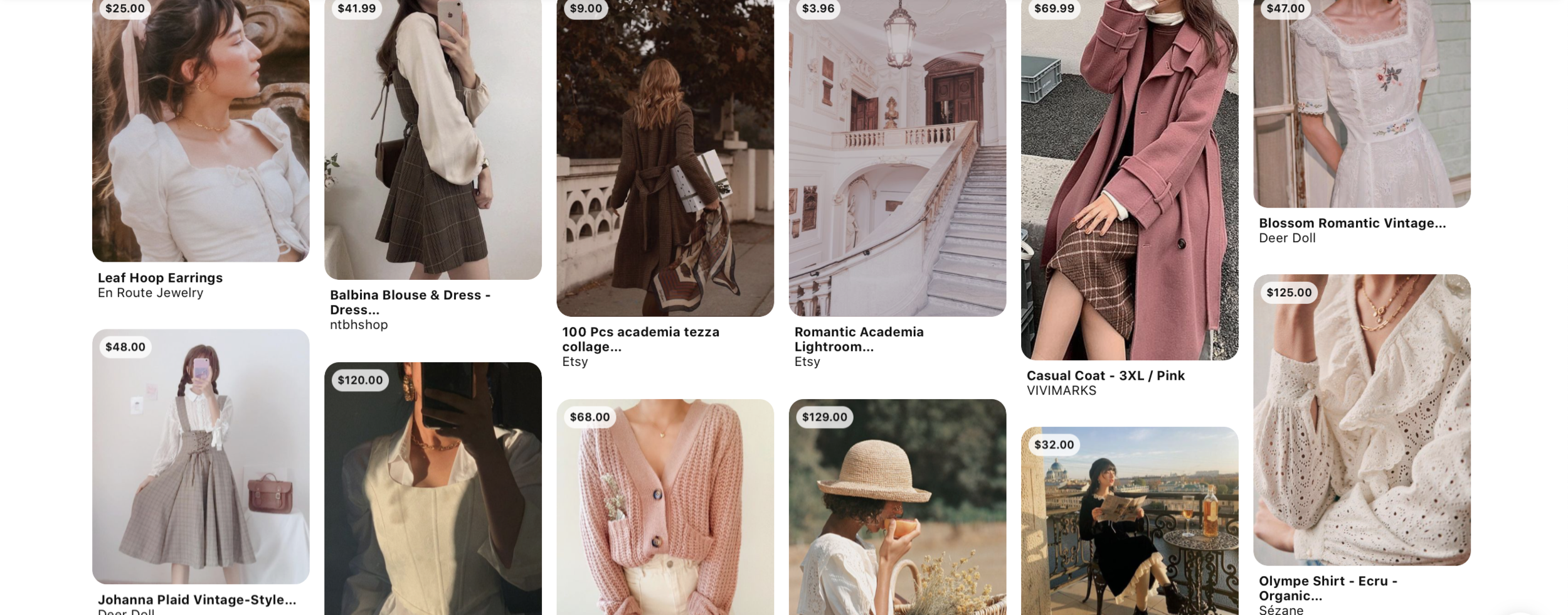I was inspired to write this post after reading a blog post from Besma. As I continue to grown on my sustainability journey and learn more about fast fashion and the ethics of businesses I’m purchasing products from, I want to share four pillars that make brands sustainable. It’s worth noting that there is not yet an official/regulated meaning for the term “sustainable” and various organizations, countries, and industries have set their version of the definition. Above all, the BIGGEST and EASIEST way to identify if a brand is sustainable is by their transparency. Do they have a sustainability plan and report online? If so, this is a fabulous indicator of the work they are doing.
WHAT MAKES A BRAND SUSTAINABLE?
1. Environmental Priority
The most popular indicator in identifying if a brand is sustainable or not is its commitment to the environment. Conscious production will be a priority to truly sustainable brands. In addition, they will also be aware of and mindful of the carbon they are using/emitting, want to know their carbon footprint, and actively reduce it.
Questions To Consider:
What is their waste policy?
What materials are they using?
How long is each item/product expected to last?
Are balancing remote working/other low-carbon Initiatives?
How much water, energy, and natural resources will be used to produce those items?

Photo: Fashion Revolution
2. Ethical Working Conditions & Livable Wages
Questions To Consider:
Are garment/factory workers protected by a union or have regulated working conditions?
Do hours worked comply with not only local but human rights laws?
Are workers receiving at least minimum wage for their hours worked?
Are workers afraid to speak, call in sick, or ask questions?
Does the brand invest in training courses to support their employees?
Do employees receive access to health care, maternity/paternity leave, etc.?
Are ethical pension options provided?
You Might Enjoy:
3. Production
Questions To Consider:
How many items are made per year/cycle?
Is there an attempt or priority to make timeless pieces versus mass production?
What is the life of the product/item?
How many times can the product be used?
Can all or some of the materials be responsibly disposed of?
Is there a second-life option for the products, available through the brand/company?

No posts
